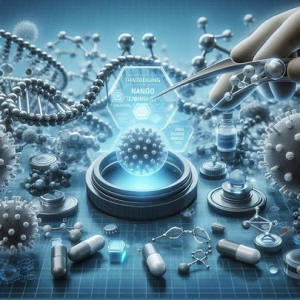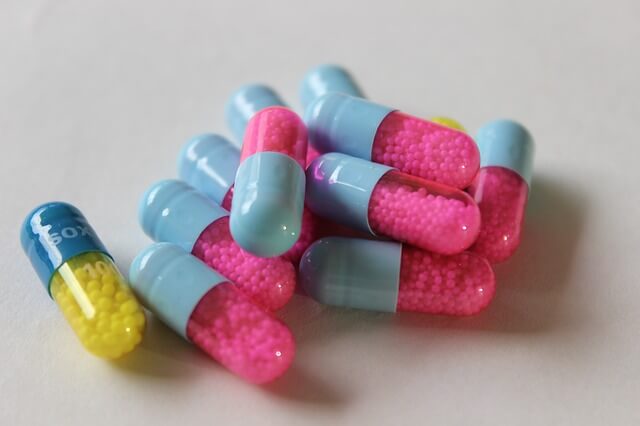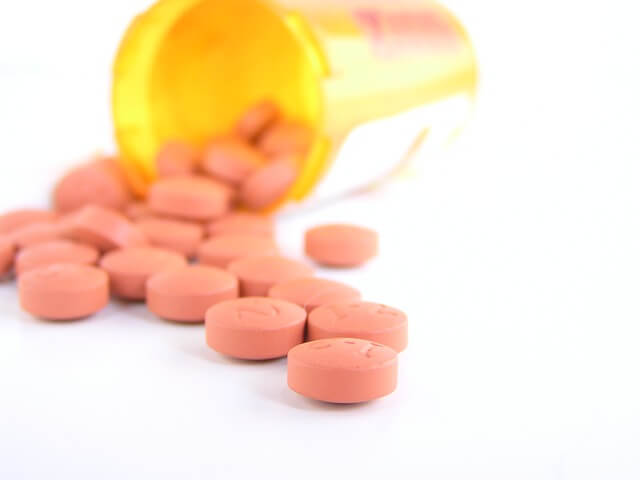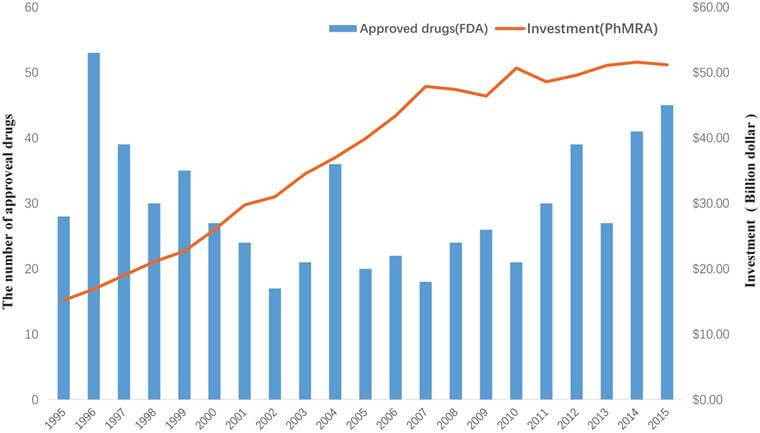
The pharmaceutical industry has witnessed significant advancements in recent years, particularly in the realm of nanotechnology. This innovative field has revolutionized the way drugs are developed, manufactured, and delivered to patients. One of the most promising applications of nanotechnology is in generic drug development, where it offers unparalleled opportunities to enhance efficacy, safety, and patient outcomes.
The Role of Nanotechnology in Generic Drug Development
Generic drugs are copies of branded medications that have lost their patent protection. They are designed to be bioequivalent to the original drug, ensuring that they produce the same therapeutic effects. However, generic drugs often face challenges in terms of bioavailability, solubility, and absorption. Nanotechnology has emerged as a powerful tool to overcome these limitations, offering a more efficient and effective way to deliver active pharmaceutical ingredients (APIs) to patients.
Advantages of Nanotechnology in Generic Drug Development
Improved Bioavailability and Solubility: Nanoparticles can significantly enhance the bioavailability and solubility of poorly soluble APIs, making them more effective and easier to administer. This is particularly crucial for generic drugs that often struggle with solubility issues.
Targeted Delivery: Nanoparticles can be engineered to target specific sites in the body, ensuring that the API reaches the intended location and minimizes off-target effects. This precision targeting can lead to improved efficacy and reduced side effects.
Enhanced Stability and Shelf Life: Nanoparticles can protect APIs from degradation and oxidation, extending their shelf life and ensuring consistent quality. This is particularly important for generic drugs that need to maintain their potency over extended periods.
Reduced Toxicity: Nanoparticles can be designed to release the API in a controlled manner, reducing the risk of toxicity and adverse reactions. This is particularly important for generic drugs that may have varying levels of toxicity depending on the formulation.
Challenges and Future Directions
While nanotechnology offers numerous benefits in generic drug development, there are several challenges that need to be addressed:
Regulatory Framework: The regulatory landscape for nanotechnology is still evolving, and there is a need for clearer guidelines and standards for the development and approval of nanotechnology-based generic drugs.
Scalability and Cost-Effectiveness: The production and manufacturing of nanoparticles can be complex and expensive, which may limit their widespread adoption in generic drug development. However, advancements in manufacturing techniques and economies of scale can help reduce costs and improve scalability.
Patient Stratification and Personalization: As precision medicine continues to evolve, there is a growing need for personalized therapies that cater to individual patient needs. Nanotechnology can play a crucial role in developing targeted therapies that address specific patient populations and diseases.
Conclusion
Nanotechnology has the potential to revolutionize generic drug development by enhancing efficacy, safety, and patient outcomes. By leveraging the unique properties of nanoparticles, generic drug manufacturers can create more effective and targeted therapies that cater to individual patient needs. As the field continues to evolve, it is essential to address regulatory challenges, improve manufacturing efficiency, and integrate nanotechnology with precision medicine to unlock its full potential.
References
Nanotechnology has the potential to revolutionize generic drug development by enhancing efficacy, safety, and patient outcomes. By leveraging the unique properties of nanoparticles, generic drug manufacturers can create more effective and targeted therapies that cater to individual patient needs. – Industry Expert
- Leveraging Nanotechnology in Cosmeceuticals: Formulation, Characterisation, Regulatory Status, and Toxicity. ResearchGate. 2023-11-22.
- Engineering Precision Nanoparticles for Drug Delivery. NCBI. 2020-12-04.
- Nanotechnology—Over a Decade of Progress and Innovation. FDA. 2022.
- Pharmaceutical Nanotechnology: What to Know. Ascendiapharma. 2022-07-28.
- Engineering Precision Nanoparticles for Drug Delivery. Nature. 2020-12-04.























